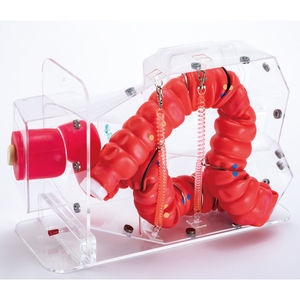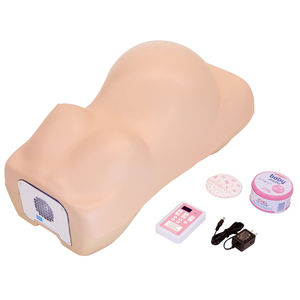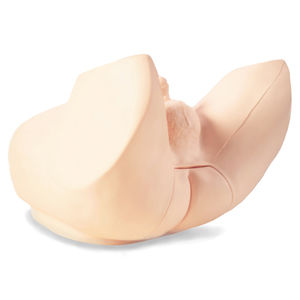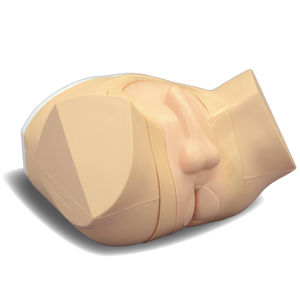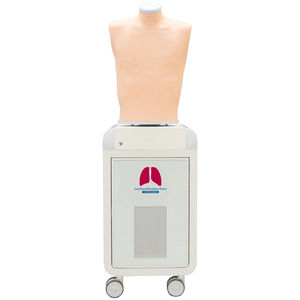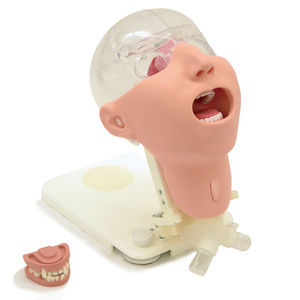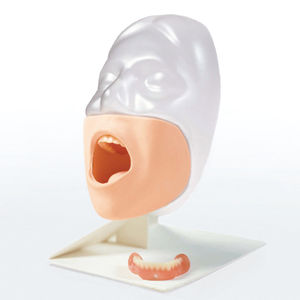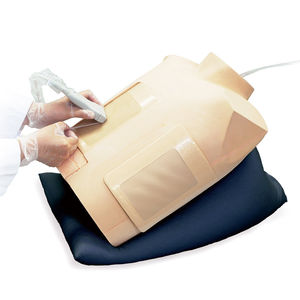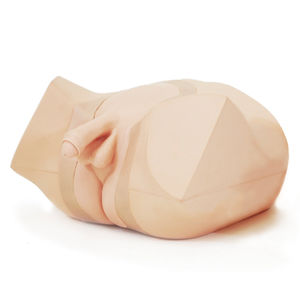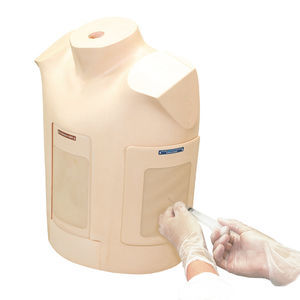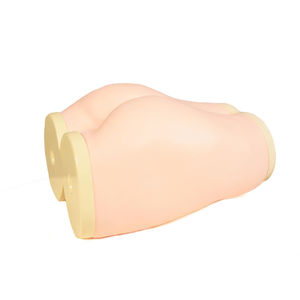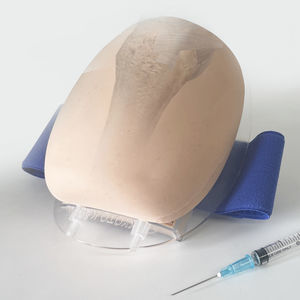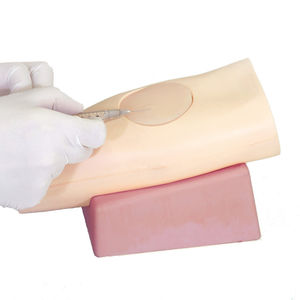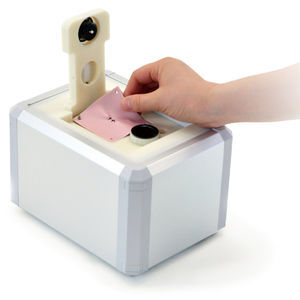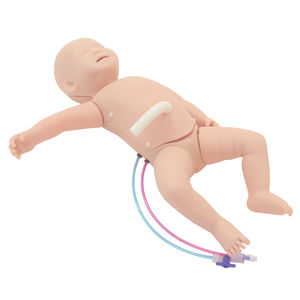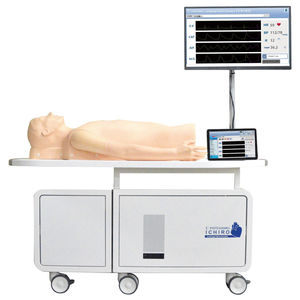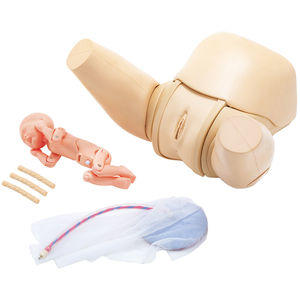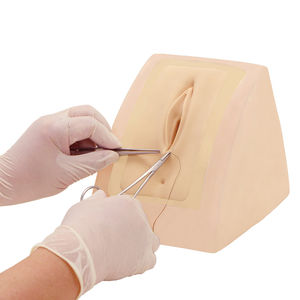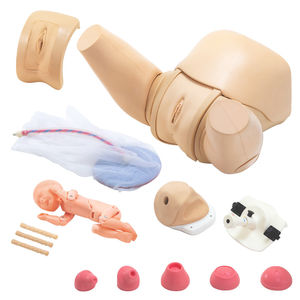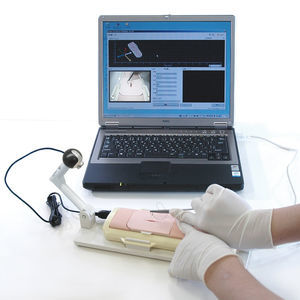

- Company
- Products
- Catalogs
- News & Trends
- Exhibitions
Training simulator MW13auscultationairway managementintubation

Add to favorites
Compare this product
fo_shop_gate_exact_title
Characteristics
- Procedure
- training, auscultation, airway management, intubation
- Application
- for general care
Description
From beginners to experts with a range of difficulty levels/Difficult Airway Management Simulator provides training for users
Features -
1. 24 variations of patient scenario (including 1 normal case):
3 stages of mouth opening, 2 stages of neck flexibility, 2 tongue sizes and 2 positions of the vocal cords
2. Upper incisors are designed to break off when excessive force is applied.
3. For Nasal intubation: anatomically correct middle and inferior nasal concha to lean direction of the tube.
Training skills / Applications - Airway opening techniques (head tilt, jaw thrust)
Bag-Valve-Mask ventilation
Pre-intubation airway assessment
Recreating the sniffing position
Pressurization of external larynx to improve the laryngeal view Intraoral/Intranasal Intubation
Use of oropharyngeal airway (OPA)
Use of nasopharyngeal airway (NPA)
Use of laryngeal airway mask
Use of video laryngoscope
Confirmation of successful ventilation by:
-observation of thoracic and abdominal movement (lung expanding, stomach inflating) or auscultation of the chest
Simulates incorrect procedures including intubation in the esophagus and unilateral intubation
Practice securing tubes after intubation
Case / Pathology - Variation of DAM Setting
Neck Flexibility (Life-like jaw movement)
Mouth Opening/ - Normal /- Intermediate /- Difficult Tongue/ - Normal/- Swollen
Laryngospasm/ - Normal/ - Laryngospasm
Set includes - 1 manikin/ 3 upper incisors/ 1 lubricant/ 1 syringe/ 1carrying bag/ 1
instruction manual
Size (approx.) - W70 x D39 x H25 cm / W27.6 x D15.4 x H9.8 in
Packing size (approx.) - W74x D46x H47㎝/W29x D18x H18.5in
Weight (approx.) - 7.0kg / 15.4lb
VIDEO
Catalogs
Related Searches
- Demonstration simulator
- General care medical simulator
- Training manikin
- Upper body simulator
- Surgical simulator
- Patient simulation unit
- Pad simulator
- Injection simulator
- Portable simulation trainer
- General care training manikin
- Lower body simulator
- Vital sign simulator
- Upper body training manikin
- Puncture simulator
- Emergency care simulation unit
- Woman simulator
- Suture simulator
- Plastic simulator
- Obstetrical/gynecological simulator
- Catheterization simulator
*Prices are pre-tax. They exclude delivery charges and customs duties and do not include additional charges for installation or activation options. Prices are indicative only and may vary by country, with changes to the cost of raw materials and exchange rates.



